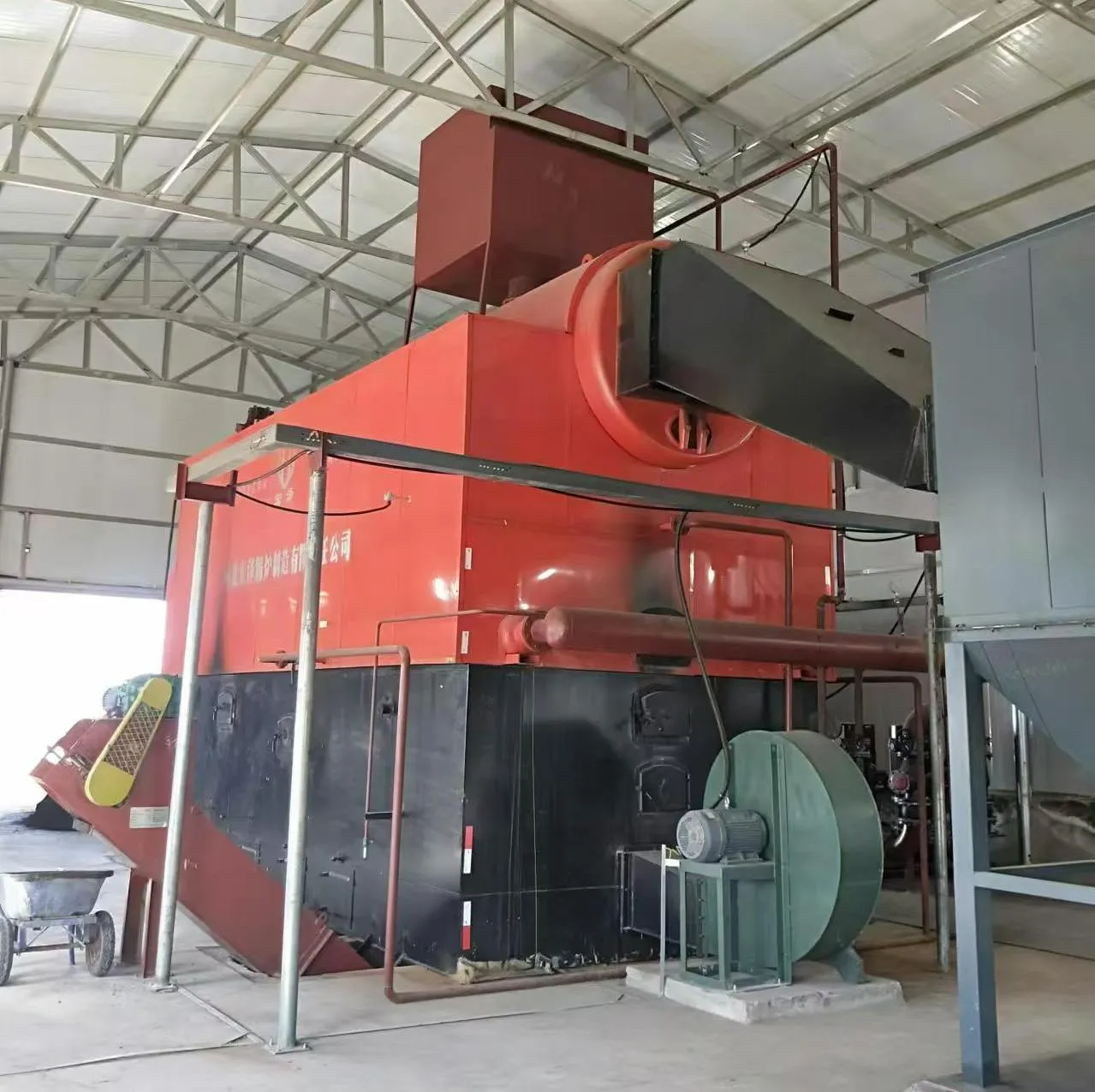
Nov . 21, 2024 19:56 Back to list
how steam is produced by a boiler
Understanding How Steam is Produced by a Boiler
Boilers are vital components in many industrial applications, heating systems, and power plants, serving the essential function of converting water into steam. This steam can then be utilized for various purposes, including heating, powering turbines, and even driving machinery. In this article, we will delve into the process of how steam is produced by a boiler, the types of boilers, and the key principles that govern their operation.
The Basics of Steam Generation
At its core, steam generation in a boiler involves heating water to a high enough temperature until it turns into steam. This process relies on several critical principles from thermodynamics. When water is heated, its temperature rises, and as it reaches its boiling point (100 degrees Celsius or 212 degrees Fahrenheit at sea level), it begins to form steam. The transition from water to steam requires energy, commonly referred to as enthalpy of vaporization.
Types of Boilers
There are various types of boilers, each designed for specific applications and operational efficiencies. The two main categories are
1. Fire-Tube Boilers In this design, hot gases produced by combustion pass through tubes that are submerged in water. As the hot gases move through the tubes, they transfer heat to the water, which eventually converts into steam. Fire-tube boilers are typically used in smaller applications and are known for their quick start-up times.
2. Water-Tube Boilers In contrast, water-tube boilers have water-filled tubes that are heated by gases produced during combustion. This design allows for a higher heating surface area and can handle higher pressures and temperatures, making it suitable for large industrial applications and power generation.
The Steam Production Process
The steam production cycle in a boiler can be outlined in several key steps
how steam is produced by a boiler

1. Water Feed The boiler system receives water, often treated to remove impurities that could damage the boiler's components. This water is usually stored in a deaerator, which removes dissolved gases like oxygen that can lead to corrosion.
2. Heating the Water Fuels such as natural gas, oil, coal, or biomass are burned in the combustion chamber, generating hot gases. The heat generated from this combustion process is transferred to the water either through fire tubes or water tubes, depending on the boiler type.
3. Steam Formation As the water absorbs heat, its temperature rises and eventually reaches the boiling point, becoming saturated steam. At this point, the energy input continues to convert some of the water into steam, resulting in two-phase flow (a mixture of steam and water).
4. Steam Separation In many boiler designs, a steam separator or drum is included to ensure that only dry steam is sent out for use. This system collects the steam and allows any remaining water to return to the boiler for further heating.
5. Steam Distribution The dry steam is then directed to the application where it is required—be it a turbine in a power plant, heating systems in buildings, or processes in industrial settings.
Efficiency Considerations
Boiler efficiency is a critical factor in steam production. The efficiency of a boiler is determined by how well it converts fuel into steam. Several technologies and techniques can enhance this efficiency, including economizers, which recover heat from flue gases, and superheaters, which increase the steam temperature and enhance thermal energy.
Conclusion
In summary, steam production in a boiler is a complex yet fascinating process that involves heating water to generate steam for numerous applications. By understanding how boilers operate and the principles involved in steam generation, we can appreciate the critical role these systems play in our daily lives and industrial operations. As technology advances, innovations continue to improve efficiency and environmental impact, ensuring that boilers will remain a cornerstone of energy production for years to come.
-
High-Efficiency Commercial Oil Fired Steam Boiler for Industry
NewsJul.30,2025
-
High-Efficiency Biomass Fired Thermal Oil Boiler Solutions
NewsJul.30,2025
-
High Efficiency Gas Fired Thermal Oil Boiler for Industrial Heating
NewsJul.29,2025
-
High-Efficiency Gas Fired Hot Water Boiler for Sale – Reliable & Affordable
NewsJul.29,2025
-
High Efficiency Biomass Fired Hot Water Boiler for Industrial and Commercial Use
NewsJul.29,2025
-
High-Efficiency Biomass Fired Hot Water Boiler for Industrial Use
NewsJul.28,2025
Related PRODUCTS






















